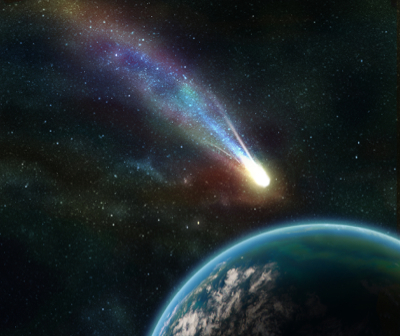Planetary Resources doesn’t want more people onboard its asteroids-mining ship

Less than a month after officially launching its asteroid-mining plans, Google’s billionaire co-founders and filmmaker James Cameron’s owned company Planetary Resources, has already decided not to accept any more job applications.
In the careers section of its website, the company – founded about three years ago, but operating behind the scenes until last month- says it has received more than 2,000 applications since the launch on April 24 and that are not currently accepting applications for full-time employees, summer internships or student co-ops.
Overseen by former NASA Mars mission manager Chris Lewicki, and with only 20 employees at the moment, the Bellevue, Washington-based company has emphasized it is looking to hire qualified people to build spaceships and explore asteroids. In return, they offer applicants a life-changing experience:
- We are finding a new way to explore space beyond Earth orbit.
- We are a growing business with incredible people who are dedicated to Planetary Resources’ long-term objectives.
- Like all small businesses, we are a family. We love our team and what we do.
- You will get your hands dirty. If you prefer your hands clean, go somewhere else.
- We have a grill. We are not afraid to use it.
- Seattle, Washington. Ok, so it rains. It’s gorgeous, and anyone who says otherwise is from California.
Like any mining junior, the first step for Planetary Resources is resource evaluation. That is why the company is focusing on hiring professionals who can help launching low-Earth orbiting satellites to scan for likely targets.
Planetary Resources plans to build redundancy into its missions by sending multiple spacecraft on the same mission so if one breaks, the mission can continue. The satellites will also be cheaper.
Asteroids are rich in valuable minerals. An M-type asteroid, the third most common type, just one km diameter could contain more than two billion tons of iron ore and nickel. And, notes the company, they are not very far away.
“Actually, some near-Earth objects are the most accessible destinations in the Solar System. These are energetically closer to us then even the surface of the Moon and that’s because they have Earth-like orbits and they also have small gravity fields. So, we can reach them with very little propulsion,” writes the company.
Getting the ore from asteroid to the earth’s surface is still a ways off, and the company is leveraging unnamed future technologies.
“The microgravity environment presents unique challenges for materials acquisition and processing that require a different way of thinking about the problem. Problems associated material transport and handling must be solved with a new set of tools.”
What’s out there to mine?
In February this year, the heads of the world’s five largest space agencies gathered in Canada to discuss interplanetary mining, particularly the viability of mining the Moon.
Several countries, including China, have already expressed an interest in mining the moon’s resources and a number of prototype machines already exist.
Google co-founders have been known to take on big, outside-of-the-norm projects. The company is testing driverless cars. Google’s founders have also invested in space tourism projects and the company has been sponsoring a Moon-related prize, the Lunar X-prize. This $30 million competition aims to find privately funded teams to launch and operate a rover on the moon.
The National Aeronautics and Space Administration Agency (NASA), has been encouraging research to determine the mineral value of near-earth asteroids, particularly the moon. In 2009, as Mining.com reported, NASA inaugurated the first lunar mining competition in the hope that a future robotic mining operation on the moon could yield the energy needed to power earth’s major cities and give the space agency a boost in the quest for major human exploration of planetary space.
If you would like to be notified of opportunities at Planetary Resources when they become available, sign up on their mailing list here.
More News
{{ commodity.name }}
{{ post.title }}
{{ post.date }}

Comments